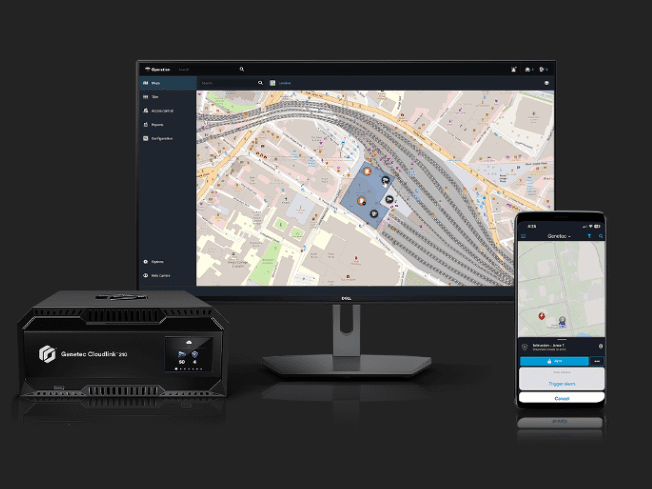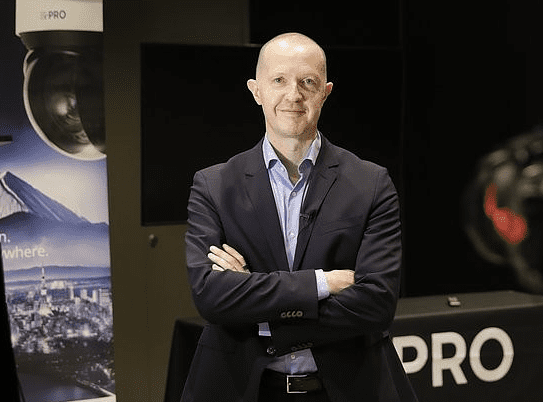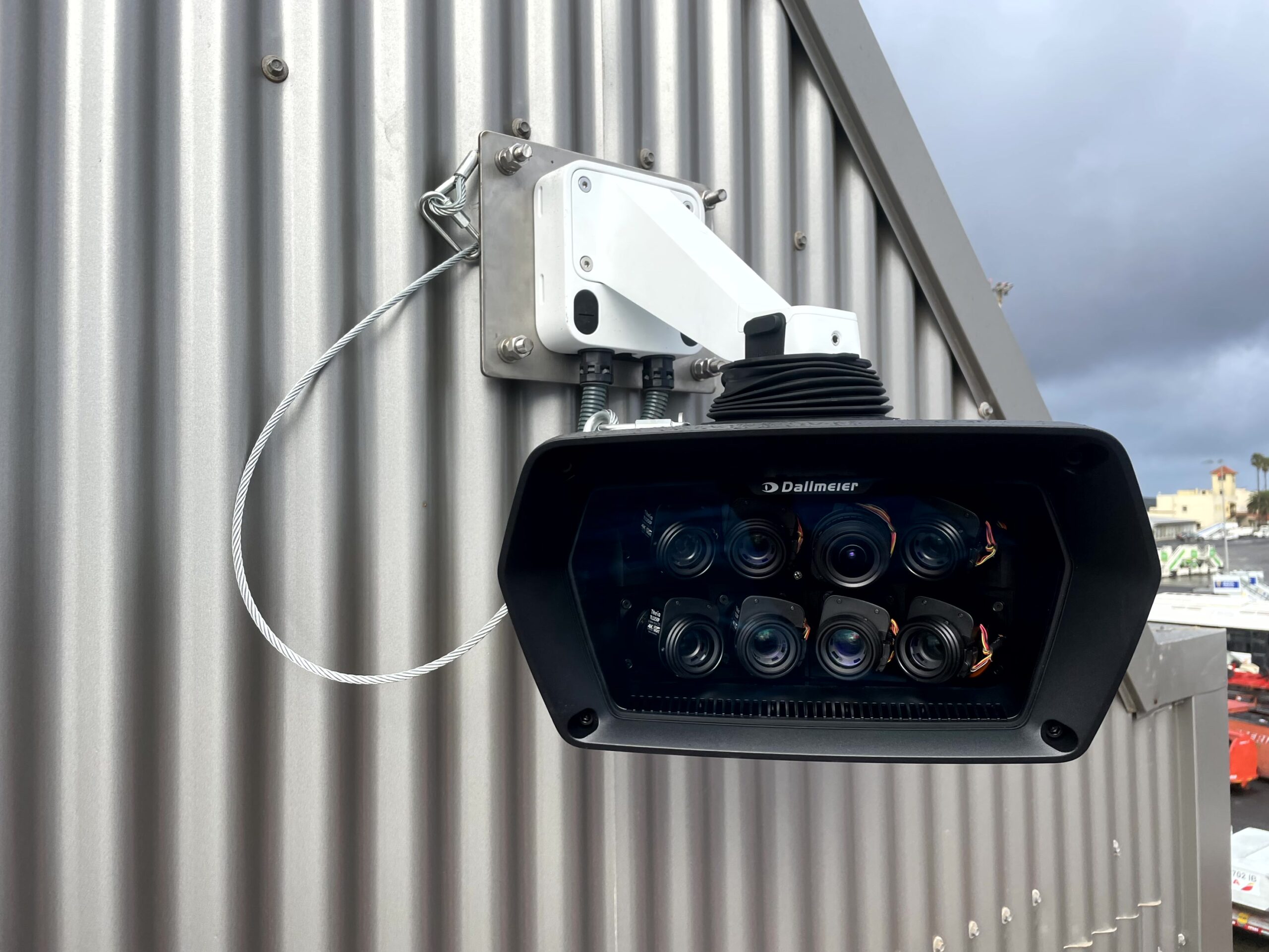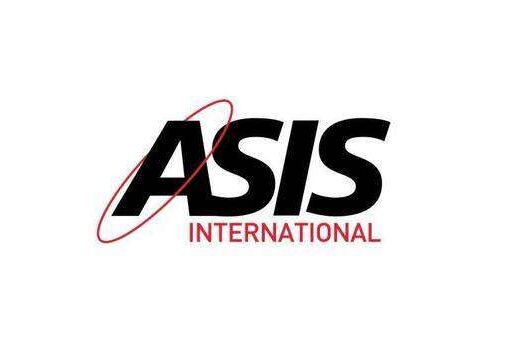Rebecca Spayne catches up with Johan Paulsson, CTO of Axis Communications, to discover the key innovation trends set to take centre stage in 2023
Security Buyer is excited to announce our new exclusive interview. This Innovators interview aims to highlight, the perspective of the top market leading innovators in the industry. As our first debut, Rebecca Spayne, Managing Editor of Security Buyer, catches up with Johan Paulsson, Chief Technology Officer for Axis Communication. In this interview we explore the biggest upcoming trends set to take the video surveillance and analytics market by storm in 2023.
Security Buyer has identified Axis Communications as an Innovator in the security market because of their evolution of products and R&D, as well as their reputation in the market. The company was founded in 1984 in Sweden, and now has around 4,000 employees in over 50 countries. In collaboration with thousands of technology and system integration partners, they are dedicated to enabling a smarter, safer world and are perfectly placed to discuss what to expect from the video surveillance market this year.
How important is technological advancement to security innovation?
Technology is pervasive in every aspect of our personal and work lives. Every new technological development and every upgrade brings new benefits, makes the tools we rely on more effective, and creates stronger, more efficient services. But as technology’s integration into society deepens, awareness of its implications is becoming more heightened.
Ours is an industry making use of increasingly intelligent systems with technology inherently involved in collecting sensitive data. It is also an industry that is as impacted by geopolitical issues affecting international trade as any other sector. Security innovations will absolutely create a smarter, safer world, but in 2023 we will need to evolve to keep pace with these trends – all while moving fast to exploit new technological opportunities.
Are we seeing a move towards actionable insights?
“From analytics to action” will become a mantra for 2023. AI and machine learning may have aided the development of advanced analytics in recent years, but the focus moving forward will be on exploiting the actionable insights they deliver.
The huge increase in data being generated by surveillance cameras and sensors is a key driver for this transition. It is impossible for human operators to interpret the nuances of large data sets and act quickly enough, but analytics and AI functionality can now recommend, prompt, and even start to automatically take real-time actions which support safety, security, and operational efficiency in every key vertical.
Analytics can support new methods of post-incident forensic analysis using, for example, assisted search to automatically find desired video among massive silos of camera data. New techniques will also be used to predict outcomes, using sensors to propose preventative maintenance actions to minimise potential industrial outages before failure occurs.
Will we see a rise of case-defined hybrid architectures?
Advanced analytics can run directly within surveillance cameras on the edge of the network. After-the-fact analysis, though, is a job for on-site servers or the cloud. Building the ultimate data analysis solution demands a hybrid computing architecture – and one which meets a customer’s requirements precisely.
There is no perfect off-the-shelf configuration. Each business must assess its specific use case and define the hybrid solution that will meet its needs. This process is complicated by localised requirements around data privacy and retention, which can force the use of on-premises storage over the convenience of the cloud, but architecture refinements are an essential part of any 2023 technology strategy. Businesses must maintain the flexibility to create the hybrid architecture best suited to their specific needs – architecture which can change as demand and future trends dictate.
How can we exploit functions beyond security?
Security hardware can present an opportunity to do more. Cameras themselves are powerful sensors capturing both quality video information and, thanks to advanced analytics, metadata which makes them useful in new and novel ways.
Camera metadata can be combined with input from other sensors – monitoring temperature, noise, air and water quality, vibration, weather, and more – to create an advanced sensory network and enable data-driven decisions. While we’re beginning to see this kind of multi-sensor monitoring appearing in industrial and data centre environments, the eventual use cases are limited only by our imaginations – and platform-agnostic data streams enable bespoke applications for any use.
To read the full interview or other news stories and exclusives, see our latest issue here.
Never miss a story… Follow us on:
Security Buyer
@SecurityBuyer
@Secbuyer
Media Contact
Rebecca Morpeth Spayne,
Editor, Security Portfolio
Tel: +44 (0) 1622 823 922
Email: [email protected]






















